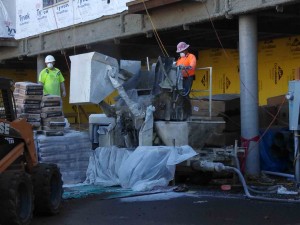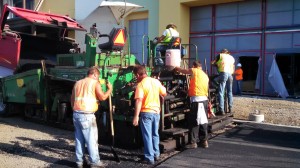Tue 22 Jul 2014
return to work & light duty in construction
Posted by admin under Admin Controls, Behavior Based, Hazard Communication, Management, Return to work, Risk, safety, Uncategorized
Comments Off on return to work & light duty in construction
This topic is not industrial hygiene specific. However, it is a construction safety/cost issue. A lot of contractors do a poor  job at modified duty (light duty) for injured employees. There are a few reasons for this:
- temporary worker (disposable employee)
- no “light duty” for the hard work needing done
- the superintendent doesn’t want them back
- doesn’t like him
- can find someone else to do job
- job is over
One of the best methods to reduce your return to work costs (aka workers compensation costs) is to return employees back to (some kind of) work as soon as possible. Keeping these injured employees on the project where the superintendent was responsible not only impact’s their projects bottom line, it reminds them of the injured employee.
Here is a list of some light duty jobs from Safety Awakenings.
Also, psychologically, how do you treat your injured employees? I have a brother, when younger, who would cry over a little tiny scrape. However, when he was actually hurt, he would firm-up, not shed a tear, and act as tough as possible. Employees are no different. Their reaction really varies, and your response might also need to change. There is probably not a one-size fits-all approach, but being professional is a good start.
Do you:
- Shame them (make fun of them because of their injury?)
- Encourage their injury (baby those who get hurt?)
- Highlight it (bring it up in meetings?)
- Discourage the behavior? or the act of unsafe behavior?
As you know, sometimes it’s hard to find light duty in construction.
